Financing a new log siding home is much easier than financing a full log home. Lenders and insurance companies see a log siding home as less of a risk. This is one of the best reasons to build a conventional home structure and cover the framing with pine log siding.
Because log siding homes are less expensive than solid log construction due to materials, labor, and shipping costs, they can make financing more accessible. Financing a construction loan for a home with pine log siding typically involves similar steps to financing a conventional home with a few specific considerations. Here is a breakdown:
Determine Your Financial Readiness
Begin by checking your credit score. Lenders generally prefer a credit score of 680 or higher for construction loans. Some lenders might work with lower scores, especially if you have a significant down payment. If your score is lower than 680, the lender may charge a higher interest rate and/or loan fee or refuse the loan.
Be prepared to make a down payment of 5% to 20% or more depending on your circumstances and the lender’s requirements. You will need to demonstrate sufficient income and stable employment to repay the loan. Secure your complete and accurate financial documentation to show multiple lenders.
Secure Log Siding Home Financing
You will likely need a construction loan to cover the complete costs of building your log siding home. Find a log home-friendly lender with experience offering mortgages to log siding homeowners. You can get advice by contacting log home manufacturers, seeking the assistance of a mortgage broker, or specialized lenders for log siding and full log home loans.
Several types of construction loans are available from which to choose. A one-time loan converts automatically to a permanent mortgage upon completion, potentially saving on closing costs. A two-time close loan is refinanced into a new permanent mortgage after completion, requiring two closings and potentially two sets of closing costs.
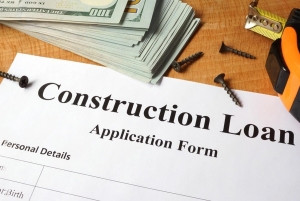 There are other types of construction loans available that may better meet your needs. Check them out below to see if you qualify with lower interest rates and terms.
There are other types of construction loans available that may better meet your needs. Check them out below to see if you qualify with lower interest rates and terms.
Owner-Builder Construction Loans: These loans are for homeowners who act as the general contractor. There is potential for cost savings but are more difficult to qualify for.
FHA Home Loans: The Federal Housing Administration offers these loans to people with lower credit scores and smaller down payments, if you qualify.
VA Loans: Eligible veterans and active duty service members may obtain VA loans that often come with no down payment and favorable interest rates.
USDA Loans: If you want to build in an approved rural or suburban area you may qualify for a USDA loan. These loans offer low rates, flexible credit requirements, and often no down payment.
“Financing a new log siding home is much easier than financing a full log home. Lenders and insurance companies see a log siding home as less of a risk.”
Prepare The Necessary Documentation
A home loan requires substantial documentation, more than a personal loan for instance. You will need to provide the lender with the following type of plans and financial support:
- Detailed Construction Plans: Provide your lender with blueprints, floor plans, and a detailed list of materials with costs. Pre-finished pine log siding is available for your convenience and a faster build.
- Building Permits: Secure your building permits before closing on the loan.
- Construction Contract: A contract outlining the costs and specifications of your log siding home is essential. Agree upon any work you want to do to save costs.
- Financial Documents: Gather standard documents, such as financial statements, bank statements, tax returns, W-2s, or self-employment statements.
Log Siding Home Financing: The Appraisal And Inspection
Take some time to study and understand the appraisal and inspection processes. A certified construction inspector will regularly check the progress of your home build to see if it meets construction standards. If the inspector finds problems, they must be corrected before proceeding with that part of the house.
Lenders want to know how much they can lend based on the appraised value of the finished log siding home. Appraising log siding homes can be different than traditional homes due to:
- Market Comparables: Log siding homes may be less common in certain areas, making the loan estimation more difficult but possible.
- Unique Features: The unique features of your log siding home will need consideration, such as wood-burning stoves or fireplaces.
- Location of the Property: Log homes built in secluded areas may present special considerations for lenders which may affect loan approval and terms.
Additional Considerations For Log Siding Home Financing
You will need builder’s risk insurance. Secure this type of insurance before materials are delivered to the building site. Be aware that some log home manufacturers may require a significant down payment before shipping materials or other terms. Others will require payment in full, while others may finance your purchase if you credit rating is excellent.
In conclusion, log siding homes are generally less expensive than full solid log construction due to materials, labor, and shipping costs. This can make financing more accessible.

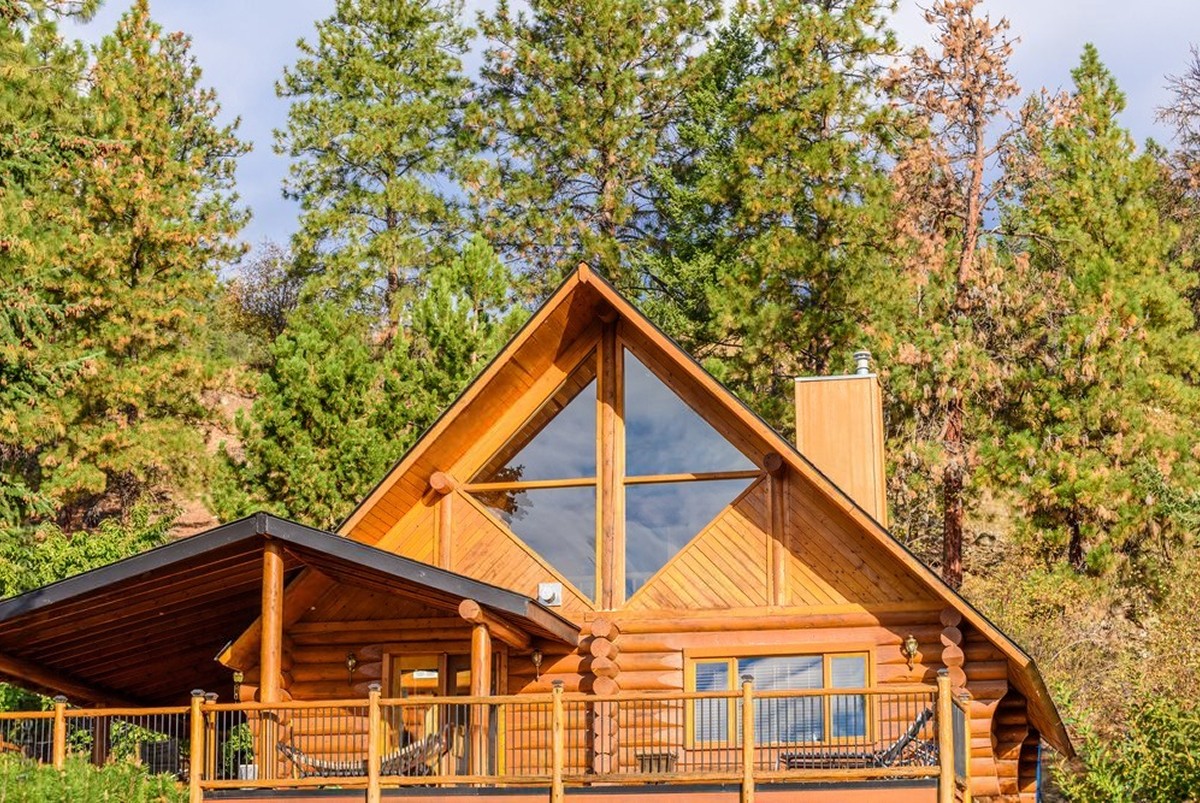
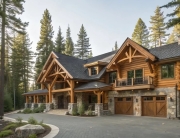

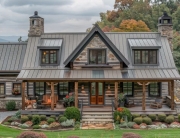
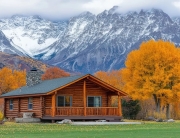
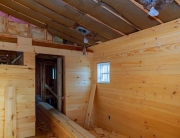
Recent Comments